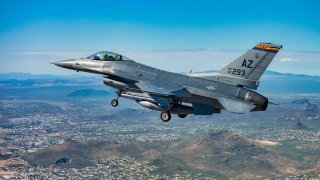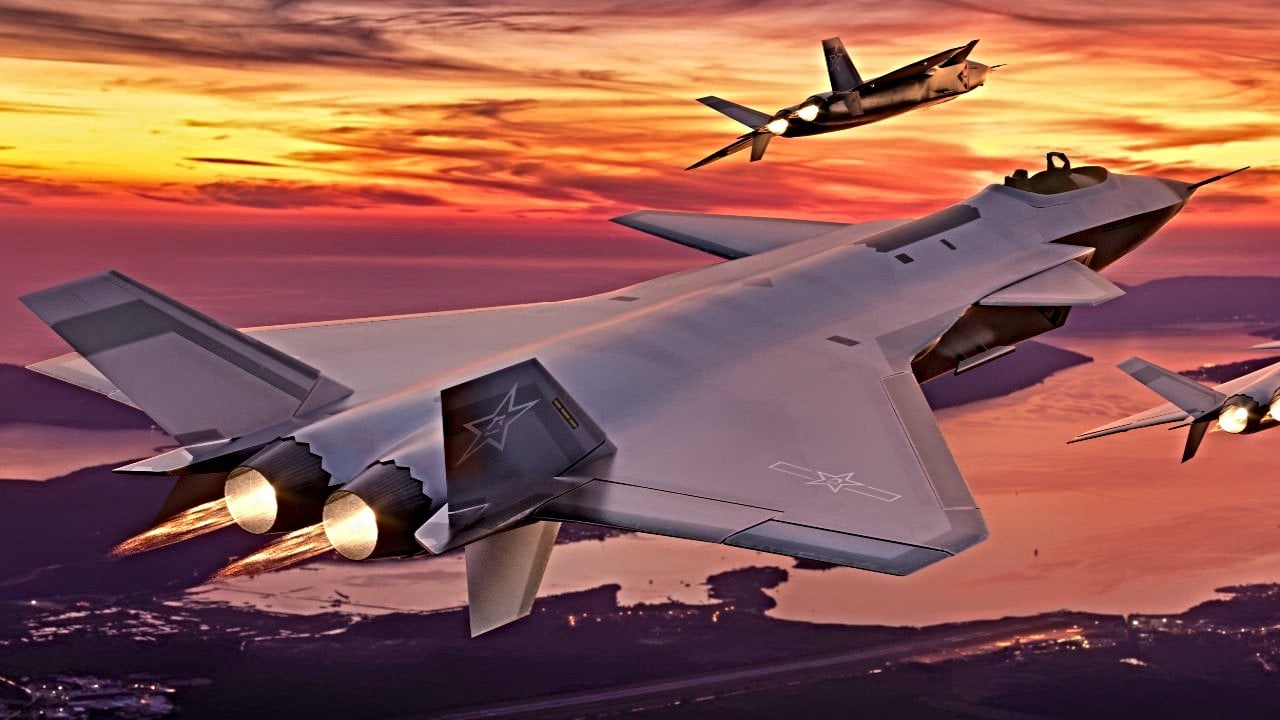Peter Suciu

Could China Really Invade and Conquer Taiwan? During the Korean War, the United States-led amphibious invasion at Inchon in late 1950 involved some 75,000 troops and 261 naval ships. It was actually the largest such military seaborne landing since the Second World War and was dwarfed in scale by the D-Day landings on June 6, 1944 – which involved a total of 156,000 men. In addition, thousands of airborne troops landed deep behind enemy lines before the Normandy beach landings.
In both of those invasions, the local populace was generally friendly to the invading force, which was actually liberating occupied territory.
The situation would have been far different in the planned Operation Downfall, the proposed Allied invasion of the Japanese home islands. Hundreds of thousands of men would have been required for the initial landings to secure a beachhead, and Allied planners projected that more than six million troops would have been required to conquer and defeat Japan.
China's People's Liberation Army (PLA) could likely face a situation far worse than Operation Downfall if it were to actually launch an invasion of Taiwan. While the main island is significantly smaller than the Japanese home islands, it is far more heavily defended. Crossing the nearly 80-mile Taiwanese Strait (at its narrowest point) would be just the first of many problems the PLA would need to overcome.
Japan was essentially a spent force by the end of the Second World War; its navy was nearly destroyed while the Allies maintained air supremacy. The Japanese may have been prepared to fight to the last civilian, but they were expected to be armed with bamboo spears. By contrast, the Taiwanese have large stocks of missiles, thousands of tanks, and a vast network of fortified positions. Much of its population of 24 million is packed into dense urban centers including the capital city of Taipei.
It is a military planner's nightmare, fighting block by block to take control of the self-governing island while facing heavy resistance. While an air campaign could bring Taipei to its knees and then the peace table, such an effort would utterly destroy the island's infrastructure in the process. China would be left with a prize hardly worth winning.
In addition, the interior of the island is especially rugged – a mountainous jungle that could serve as the last redoubt that would take years to subdue. Such is a fact that the Japanese military already faced, and it didn't have to mount an invasion. Rather, Japan was granted control of the island as part of the Treaty of Shimonosek, which followed China's defeat in the First Sino-Japanese War (1894-95), but never fully maintained control. It faced guerilla activity for decades.
Rethinking the Possible on Taiwan
Beijing may have considered launching an invasion after Russia completed its conquest of Ukraine – but that conflict didn't turn out as many had expected. It could give China reason not to engage in such an attempted takeover.
First, Moscow largely didn't expect the international backlash and waves of sanctions, and it is easy to see that Beijing would face a similar international outrage. But then there is the fact that Russia's casualties have greatly exceeded anyone's predictions.

"When people talk about whether or not China can or cannot do it, they're actually talking about something different, the level of operational cost — the loss of ships, casualties — that China would have to pay to do it," Oriana Skylar Mastro, a fellow at Stanford University's Freeman Spogli Institute for International Studies, told The New York Times.
She added that American policymakers may still underestimate China's readiness to use force.
"They could do it," Mastro continued. "It's just that given Taiwan's defenses and given if the United States is able to come to Taiwan's aid, how much of a blood battle is this going to be?"
Recent studies issued by the U.S. Naval War College also indicated that Beijing lacks the equipment and skills needed to undertake such an invasion. That includes the amphibious transports that would be needed to deliver tanks and other vehicles. While there have been training exercises conducted using car ferries, most experts agree that such slow lumbering vessels could make for tempting targets for Taiwan's anti-ship missiles.
A Costly Invasion for China: 1.2 Million Troops Needed
Another study, this one from the Atlantic Council, also reported that Taipei has a potential defensive force of 450,000 troops – and that is without any civilian militias that could likely be quickly organized. Using the traditional three-to-one ratio of attackers to defenders taught at war colleges to successfully mount an invasion, China would need more than 1.2 million troops.
Its active force consists of just over two million, which wouldn't leave large reserves. It is unclear how many men would need to be maintained as a permanent force to maintain control of the Taiwanese islands.
Likewise, it would require thousands of ships, and have to cross the 80-mile strait. Such a fleet wouldn't have the element of surprise that was afforded to the Allied forces at either Normandy or Inchon. China would have to open its attack with an air campaign, which would likely devastate the infrastructure and alert Taipei that the invasion began. It would need to seize air bases and airports quickly.
But even landing the forces wouldn't be so easy. The entire western side of the main island is crisscrossed with rivers and canals. There are few beaches suitable for amphibious landings.
Then there is the fact that Taiwan isn't just a single island. There are more than a hundred islands, including those in the Matsu and Kinmen chain just off the coast of mainland China. The main island chain of Penghu, an archipelago of some 90 islands and islets – are also heavily defended.
The final consideration is that Taiwan's military, while significantly smaller than the PLA, has been training to counter such an invasion for decades. Much like the Japanese were willing to fight for every inch at the end of World War II, the Taiwanese will show tenacity on par with those fighting to defend Ukraine. Even if it could conquer the island, it would face resistance for years.
No comments:
Post a Comment